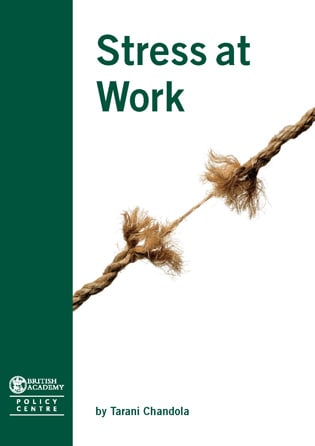A reader has pointed out an excellent guidance on managing situations after the sudden loss of a work colleague or family member, following on from a recent SafetyAtWorkBlog article.
 In 2004 Skylight and New Zealand’s Accident Compensation Commission published “Death Without Warning – After an Accidental Death”. This book (only available for purchase) is an excellent guidance that provides advice on managing grief-stricken staff at the same time as providing some dignity.
In 2004 Skylight and New Zealand’s Accident Compensation Commission published “Death Without Warning – After an Accidental Death”. This book (only available for purchase) is an excellent guidance that provides advice on managing grief-stricken staff at the same time as providing some dignity.
Significantly the guidance is contemporary with current support practices. There is none of this rubbish about “closure”, or “getting over it”. It also acknowledges that men and women grieve differently and that each individual grieves in their own personal way, a way that those who provide support must accommodate and understand.
The guidance has a 2nd edition which can be purchased online and, on receipt of our copy, will be reviewed here.
The guidance has a particular poignancy following the recent fatal earthquakes in Christchurch, New Zealand where many were killed as their workplaces collapsed.
Research Paper
For those readers who are, perhaps, researching in this area of occupation well-being or workplace mental health, one research article that is worth digging up is a 2010 paper by several Australian researchers called “Loss and grief in the workplace – What can we learn from the literature?” Continue reading “Grief guidance got right”

